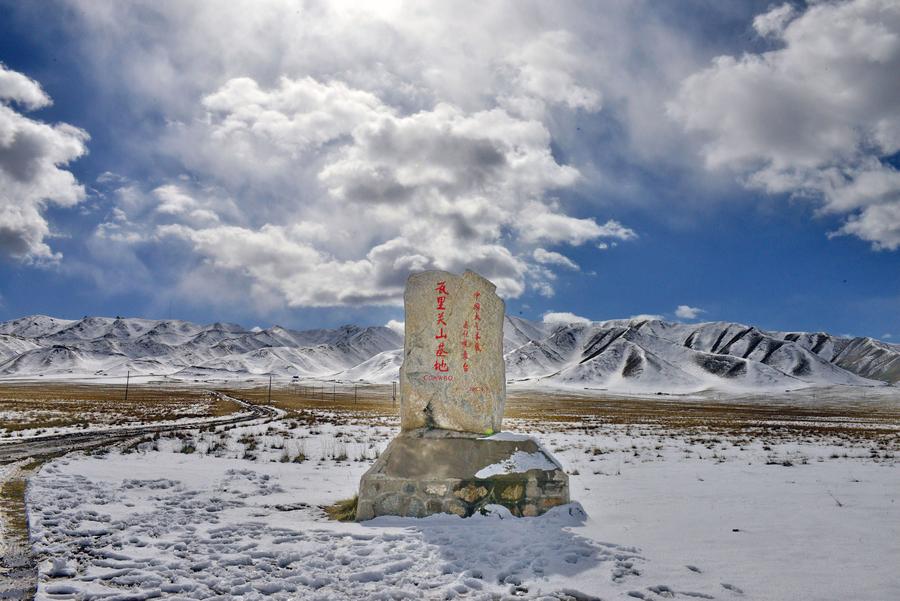
XINING: Wang Jianqiong, 43, has been “taking the temperature of the Earth” for over 20 years at the world’s highest baseline observatory in the hinterland of Eurasia.
Wang, deputy director of the China Global Atmosphere Watch Baseline Observatory on the top of Waliguan mountain in northwest China’s Qinghai Province, has been working there since 2003.
Located more than 3,800 meters above sea level on the Qinghai-Xizang plateau, the observatory went into operation on Sept. 17, 1994. It is one of the 32 global baseline observatories established by the World Meteorological Organization.
Waliguan is an ideal place for observing the atmosphere. But for Wang, this is also a place where even seemingly simple tasks can be very challenging.
“When I first arrived here, walking was like carrying 30 kilograms of luggage on my back. I would be out of breath if I walked quickly. I had a splitting headache all day long, and I could hardly sleep at night,” Wang said.
The average annual temperature at the station is below zero degrees Celsius, and the average annual oxygen content is equivalent to 67 percent of that at sea level. Besides, the nearest town is more than 20 kilometers away.
In order to ensure that the observation quality at Waliguan is not negatively affected, no industrial or mining enterprises are allowed within a radius of 50 kilometers.
Human interference needs to be minimized when conducting atmospheric baseline observations. Thus, the observers often eat pre-cooked food in a bid to avoid producing too much cooking smoke, which may affect data precision. Many observers thus suffer from gastrointestinal diseases or discomfort.
Huang Jianqing, 59, climbs 99 stair steps to the station every working day. Huang checks instruments, records data, changes sampling film, and collects atmospheric samples — tasks that may look simple and boring to some, but which are extremely important.
“We face these instruments every day, and we are on high alert when we work. We must always stare at the instruments. Most of the staff have developed an ‘occupational disease.’ They often suddenly wake up in the night for fear of missing key data,” Huang said.
Atmospheric observers like Wang and Huang have battled the harsh environment to monitor greenhouse gases and carbon dioxide. Currently, the observatory is capable of accurately monitoring 30 items in high density all day long, producing over 60,000 data pieces every day, and forming an observation system that covers major atmospheric components.
One of the most representative achievements of the past 30 years is the “carbon dioxide curve,” which is also known as the “Waliguan curve,” drawn from the observations at the station and updated annually. –Agencies





